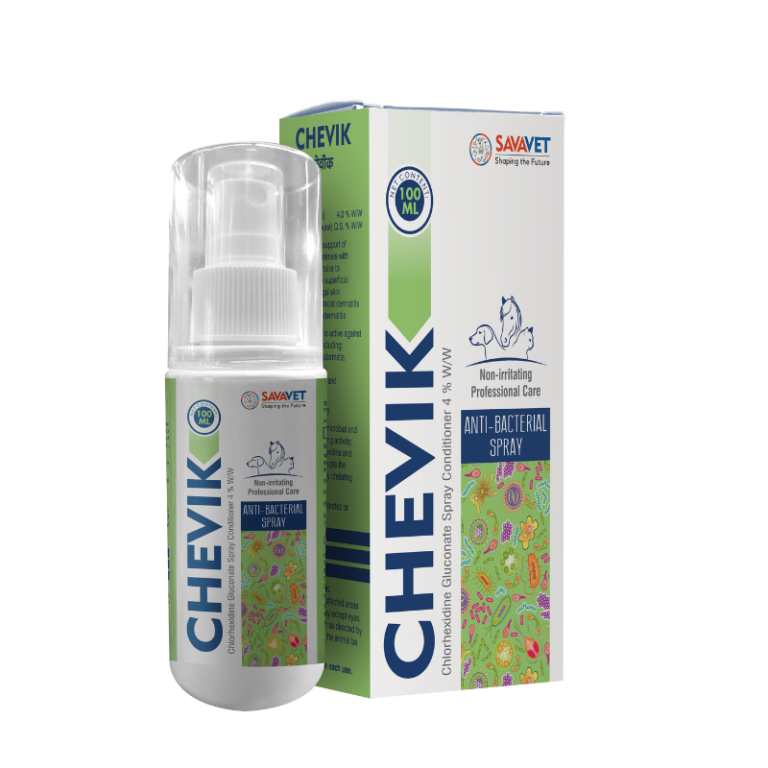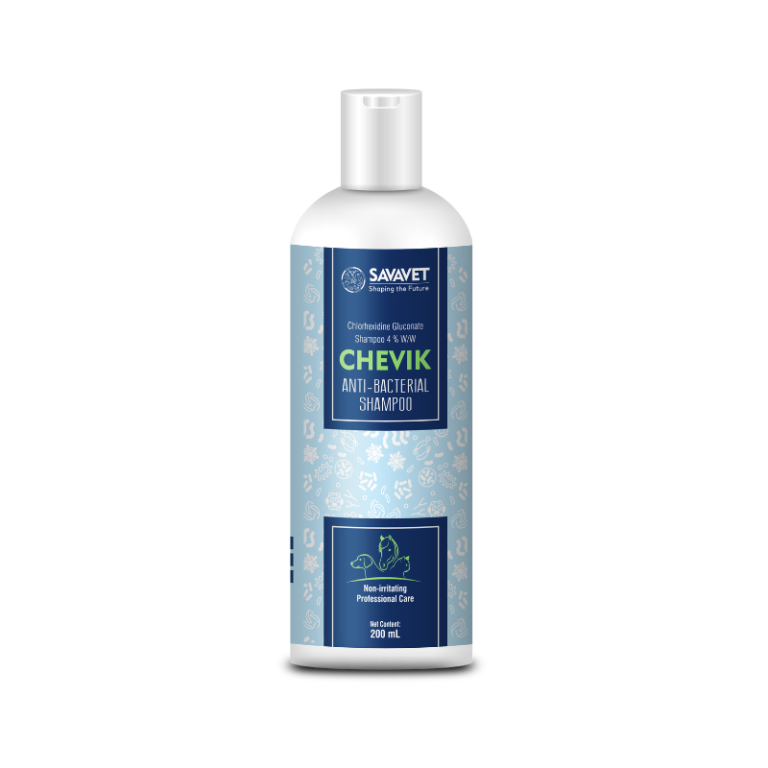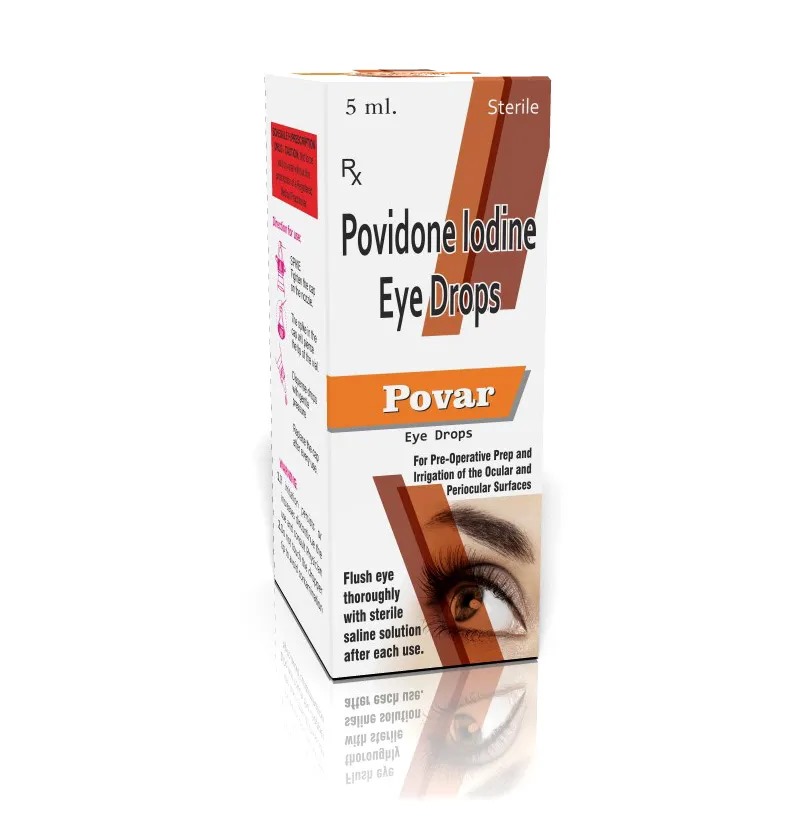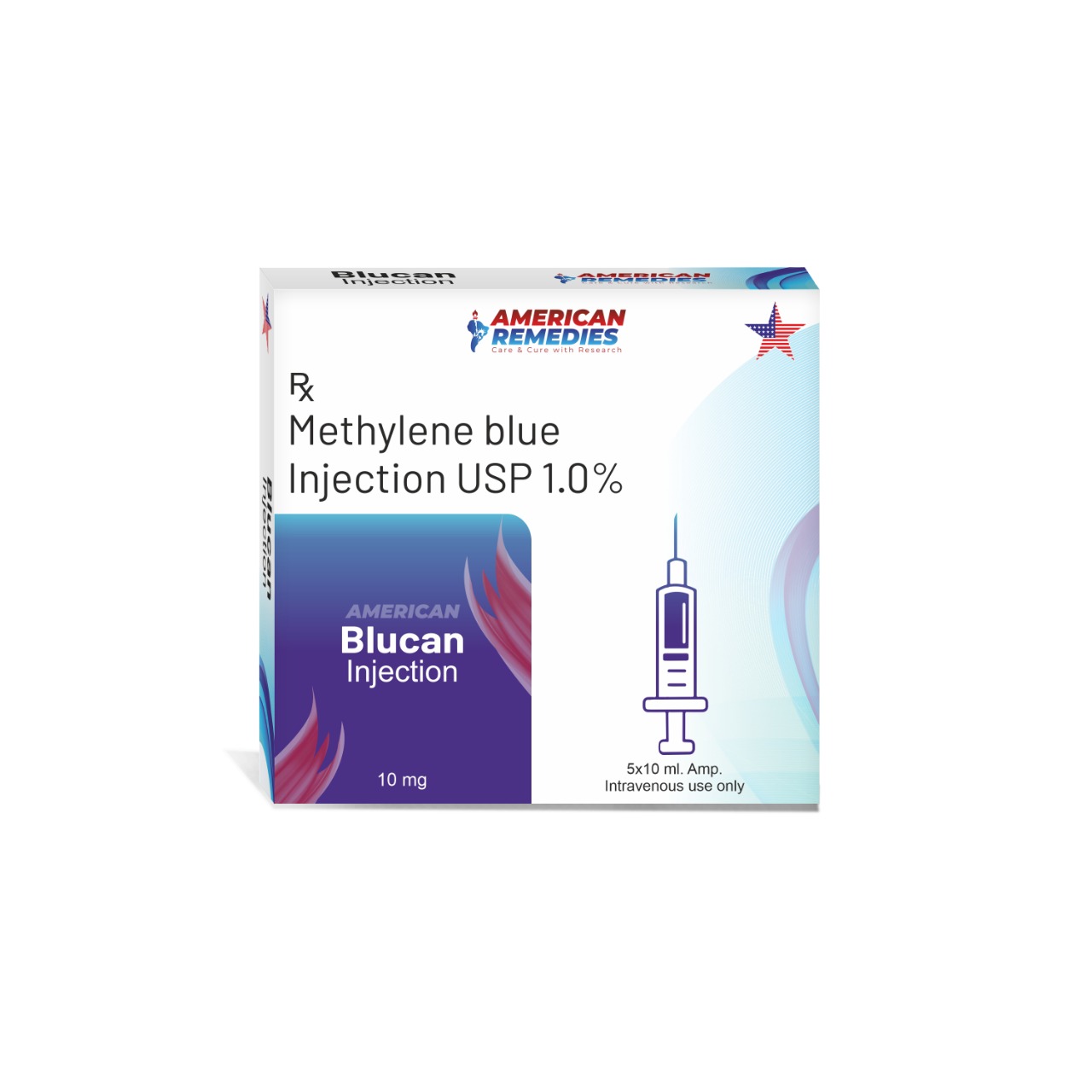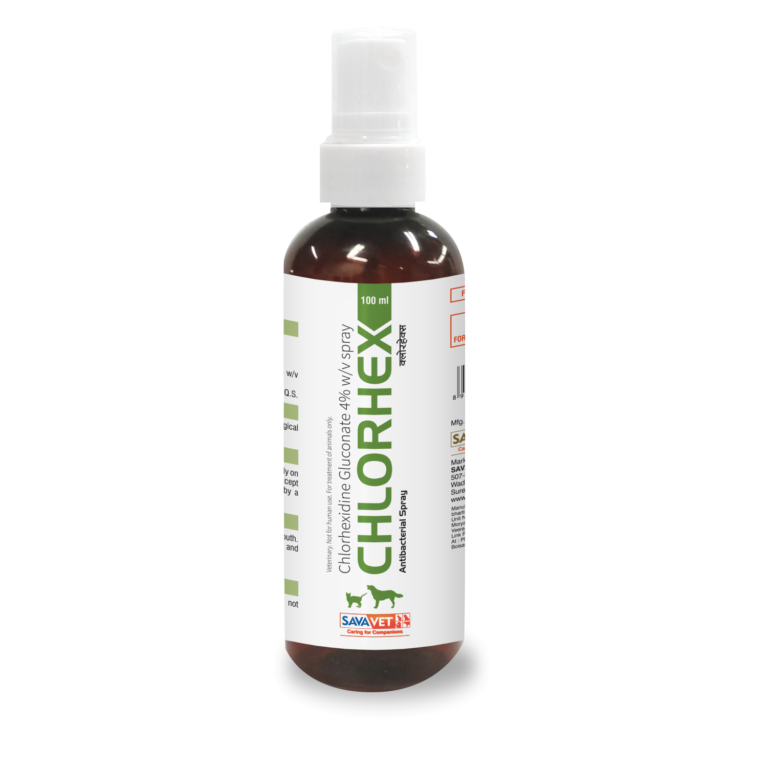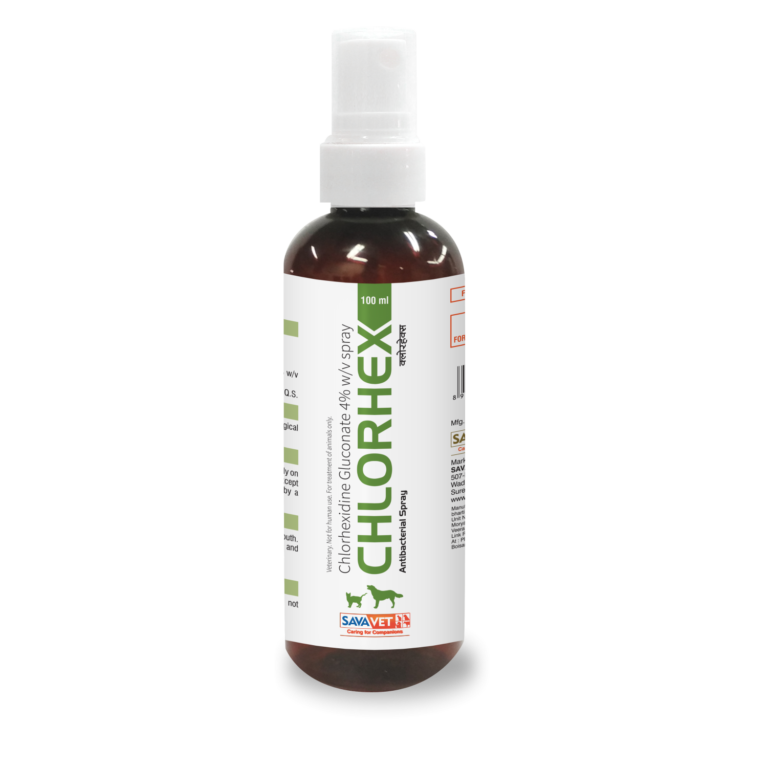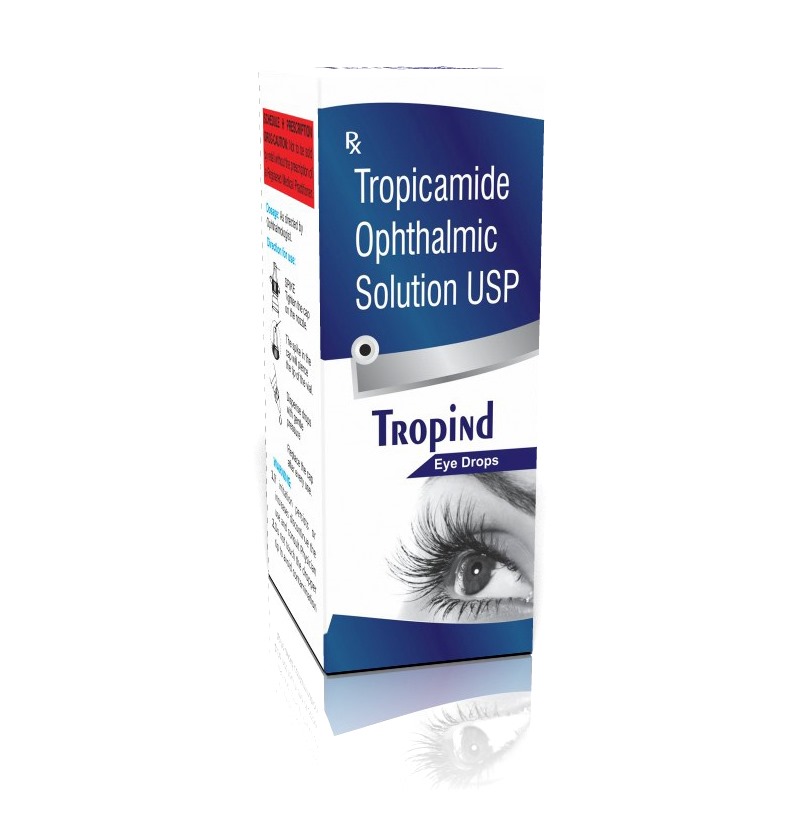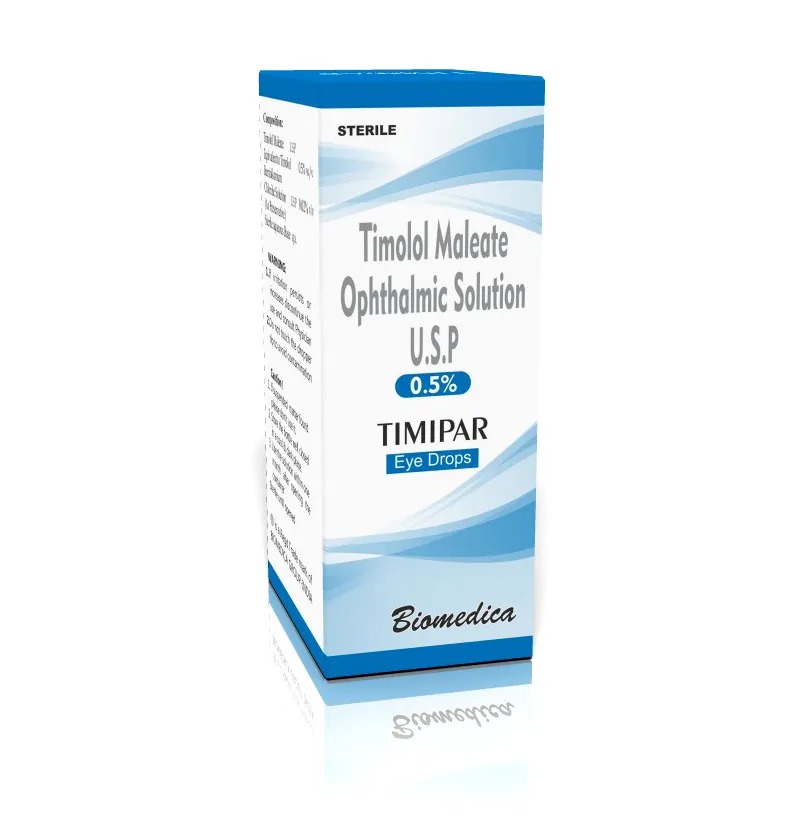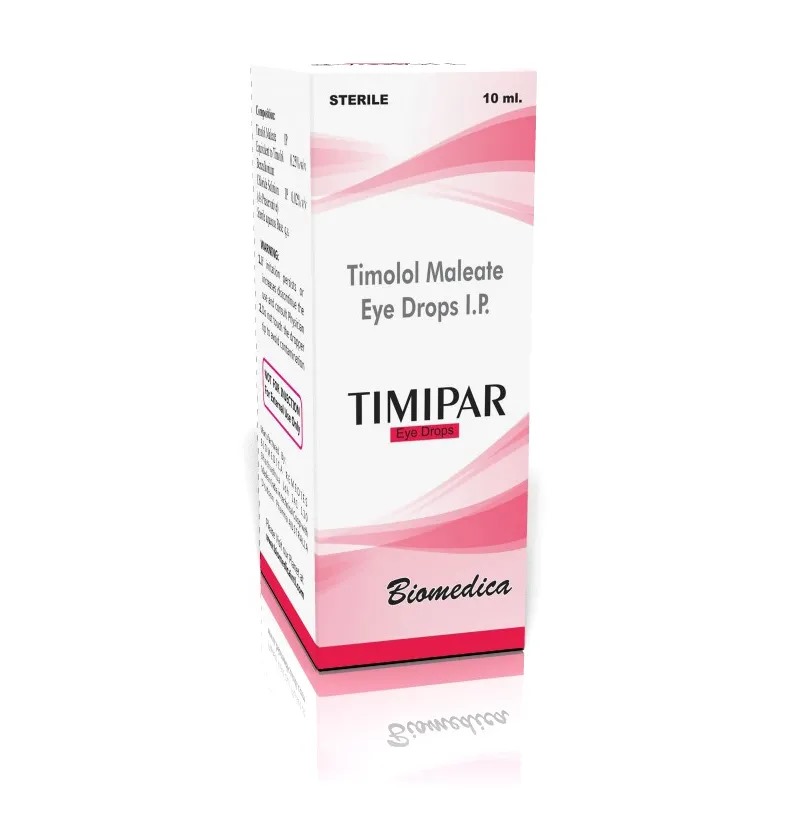General Medicine
Bluecan Injection is a brand of Methylene Blue Injection, primarily used in medical settings for its diagnostic and therapeutic properties.
________________________________________
🩺 Uses of Bluecan Injection
1. Treatment of Methemoglobinemia: Methylene Blue is the first-line treatment for methemoglobinemia, a condition where methemoglobin levels are elevated, impairing oxygen delivery to tissues. It acts as a reducing agent, converting methemoglobin back to hemoglobin, thereby restoring normal oxygen transport.
2. Urinary Tract Infections (UTIs): It is sometimes used as a urinary antiseptic to treat UTIs, although its use for this purpose has become less common with the advent of more effective antibiotics.
3. Surgical Dye: In surgical procedures, Methylene Blue is used as a dye to delineate tissues, identify sentinel lymph nodes, or assess organ perfusion.
4. Diagnostic Tool: It is used in diagnostic procedures to assess the function of certain organs, such as the kidneys, and to evaluate the patency of ducts.
________________________________________
⚠️ Side Effects
While generally well-tolerated, potential side effects of Methylene Blue Injection include:
• Injection site reactions (pain, redness, swelling)
• Headache
• Dizziness
• Nausea or vomiting
• Skin discoloration (temporary blue or greenish tint)
• In rare cases, serotonin syndrome, especially if used with serotonergic drugs
________________________________________
💊 Mechanism of Action
Methylene Blue acts by accepting electrons and donating them to reduce methemoglobin back to hemoglobin. This process restores the oxygen-carrying capacity of the blood. It also inhibits certain enzymes and has antimicrobial properties, which contribute to its use in treating infections.
________________________________________
⚠️ Precautions
• Drug Interactions: Avoid concurrent use with serotonergic drugs (e.g., SSRIs, SNRIs, MAO inhibitors) to prevent serotonin syndrome.
• Pregnancy and Breastfeeding: Consult a healthcare provider before use during pregnancy or breastfeeding.
• G6PD Deficiency: Use with caution in individuals with glucose-6-phosphate dehydrogenase deficiency, as it may cause hemolysis.
• Renal Impairment: Dosage adjustments may be necessary in patients with kidney dysfunction
Send
Message
